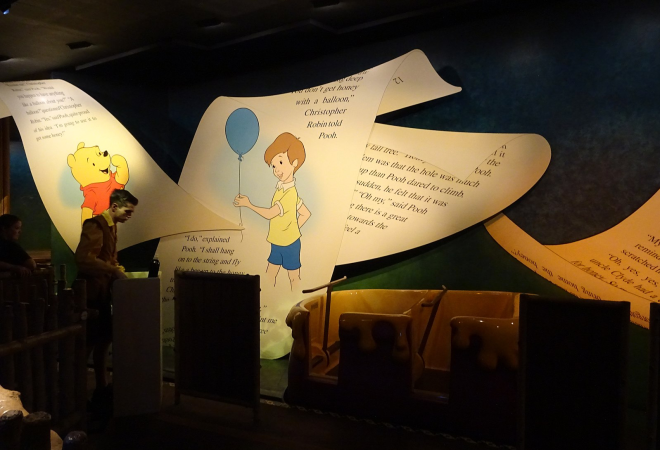By December 1944, Allied armies had reached the western border of Germany itself. The US Army’s 99th Infantry Division, recently arrived in Europe and untested in combat, was assigned to the northern “shoulder” of the Allied front line in the Ardennes Forest.
The three regiments of the 99th ID—the 393rd, 394th, & 395th Infantry Regiments—were thinly spread across this frigid but quiet portion of the front. A few miles to the east lay the Siegfried Line, the enemy’s final defensive line guarding the German heartland.

99th Infantry Division soldiers putting up a winterized squad hut.
(Source: U.S. Army)
The 3rd Battalion of the 395th Infantry Regiment (3/395), commanded by Lieutenant Colonel McClernand Butler, occupied the town of Höfen on the German border. Höfen, along with the nearby town of Monschau, was strategically vital because it sat on elevated terrain overlooking an important road junction.
Although 3/395 had only 600 men to defend a large area, they had been told that the German army, or Wehrmacht, was no longer capable of major offensive operations and that their winter in the Ardennes would be a quiet one.

99th Infantry Division vehicles en route to the battle zone.
(Source: U.S Army)
Unknown to the Allies, the Germans were preparing a surprise counter-offensive through the Ardennes with the goal of splitting the Allied armies and recapturing the Belgian port city of Antwerp. The Germans planned to use massed infantry assaults to punch holes in the American lines, after which the feared German tanks, or panzers, would race through these gaps while the winter weather kept Allied planes grounded. Höfen-Monschau was vital to the operation’s success because the nearby road junctions would enable rapid movement of tanks.
This northern shoulder of the American line where the 99th ID was entrenched would be the hinge on which the German assault would pivot northwest toward Antwerp. The Germans were counting on something else, too—they knew that this sector was thinly manned by untested troops.

German Panzer tanks en route to the Ardennes.
(Source: US Army)
In the pre-dawn hours of December 16th, Hitler’s final major offensive began. The ferocious assault caught the Allies off-guard and the rapid German advance famously caused a “bulge” on Allied maps.
The Germans were operating under a tight timetable, however, and the assault’s center of gravity—the 6th Panzer Army—had only one day to breach the 99th ID’s line. Any delay would jeopardize the plan to cross the Meuse River and advance on Antwerp before the skies cleared and the Allies regained their balance.

German troops pass burning American equipment during the Ardennes offensive.
(Source: US Army)
The German pre-dawn artillery bombardment on December 16th destroyed 3/395’s communication wires at Höfen, but the stunned soldiers soon witnessed an even more ominous sight: enemy searchlights, reflecting off the dense clouds, illuminated the snowy open ground east of Höfen. Through this eerie artificial moonlight, the 326th Volksgrenadier Division advanced on 3/395’s position.
This, however, was the moment that Hitler’s master plan collided headfirst with American fortitude. 3/395 greeted the Volksgrenadiers with a punishing hail of bullets, mortars, and artillery. The Germans, moving across illuminated open ground without cover, fell by the hundreds against the murderous American fire. Some toppled directly into US foxholes as American troops engaged them at point-blank range. Those Germans who made it into the town itself were quickly mopped up. Höfen remained in American hands—for now.

American troops from the 290th Regiment near Amonines, Belgium.
(Source: US Army)
Despite mauling the Germans on their first attempt to take Höfen, 3/395’s situation was grim. The battalion was badly outnumbered and nearly surrounded.
To make circumstances worse, just beyond the bloodied-but-not-beaten Volksgrenadiers waited the tanks of the 6th Panzer Army. It was not just the lives of 3/395 at stake; a German breakthrough here would have enabled the Sixth Panzer Army to outflank the 2nd ID and 99th ID and achieve a direct route to the Meuse River.

Location of the 99th ID sector (red box) on a map of the “Bulge”.
(Source: US Army)
The Germans were not finished with Butler’s men, either. After failing to capture Monschau on the battle’s second day, the 326th Volksgrenadier Division turned its attention back to Höfen on December 18th. The Germans threw wave after wave of infantry, and a unit of panzers, at the town. The situation became so dire that Butler deliberately called in artillery on his unit’s own position to prevent them from being overrun—one of six times this would occur at Höfen.
When the Germans finally broke through 3/395’s lines and established a foothold in the town, the Americans recaptured the buildings by firing anti-tank guns through the walls. Later that night, another enemy assault was similarly unsuccessful. One Wehrmacht officer captured at Höfen asked his interrogators which unit had defended the town. When told it was 3/395, the prisoner replied, “It must be one of your best formations.”

Lieutenant Colonel McClernand Butler, commander of 3/395.
(Source: US Army)
The Germans would never take Höfen, nor most of their other ambitious objectives in the Ardennes, due in large part to the soldiers of 3/395 and the 99th ID as a whole. The failure to breach the 99th ID’s sector stalled the entire German advance and a decisive breakthrough was never achieved. 3/395, soon to be nicknamed “Butler’s Blue Battlin’ Bastards”, was one of the only US Army units that did not retreat in the opening days of the battle.
For their actions the battalion was awarded the Presidential Unit Citation which read, in part: “outnumbered 5 to 1, [3/395] inflicted casualties in the ratio of 18 to 1. Despite fatigue, constant enemy shelling, and ever-increasing enemy pressure, [they] guarded a 6,000-yard front and destroyed 75 percent of three German infantry regiments.”

Captain Ned Nelson, veteran of 3/395 and the battle at Höfen.
(Source: author)

























